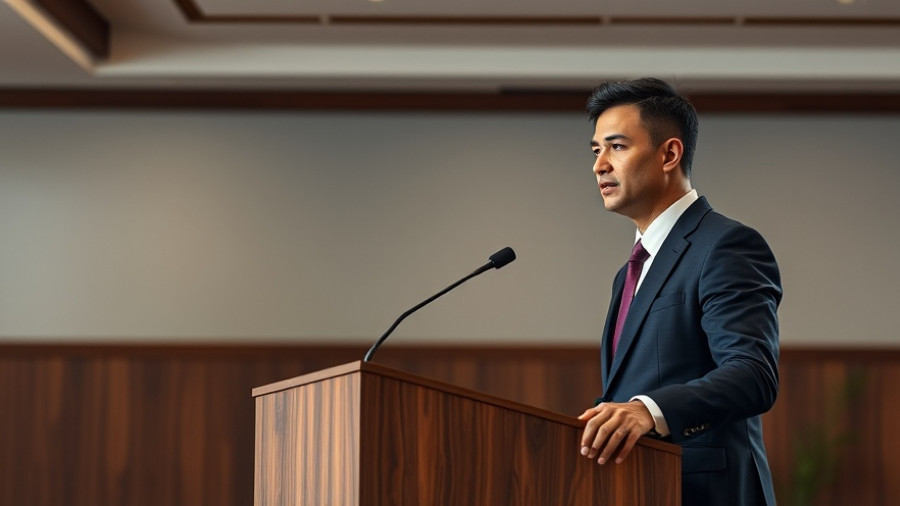
Gavin Newsom's Controversial Decision on Trans Healthcare
In a surprising turn, California Governor Gavin Newsom has made headlines after vetoing a pivotal health measure intended to bolster support for transgender individuals. The veto comes after he signed a series of bills aimed at protecting the privacy of transgender patients, all amidst mounting pressure from the Trump administration. Advocates had viewed the bill as a crucial lifeline for transgender patients, as it mandated insurers to cover and pharmacists to dispense a full year of hormone therapy at once. This measure was instrumental for those losing access to care due to clinic closures and restrictions.
The Political Ramifications of Newsom's Veto
Political analysts suggest that this veto reflects a delicate balancing act for Newsom, who is seeking to position himself as a centrist as he contemplates a presidential bid. By vetoing the bill, he risks alienating a vital voter base—one that has historically supported him, particularly during his time as a vocal advocate for LGBTQ+ rights as San Francisco's mayor. Critics argue that his recent comments, labeling transgender athletes' participation in women's sports as “deeply unfair,” have also contributed to a fracture within his support network.
Citing Economic Concerns: A Strategic Move?
In his veto message, Newsom cited concerns about potential increases in healthcare costs. However, an independent analysis found negligible long-term impacts. This economic argument has left many LGBTQ+ advocates feeling disappointed, as they view the veto as not just a policy decision but a political calculation amid a challenging climate for trans rights.
Implications for Transgender Healthcare
The veto goes beyond political maneuvering; it directly affects the healthcare landscape for transgender individuals. In light of reduced access to gender-affirming care, advocates assert that such measures are fundamental to ensuring continued medical support for communities that are increasingly under threat. As clinics limit their services due to federal pressure, the necessity for comprehensive coverage becomes even more urgent.
Broader Challenges in Trans Rights
As Newsom’s actions unfold, they reflect a larger national dialogue about transgender rights. The backlash he has experienced from his comments and decisions is a microcosm of the tension many Democrats face. Advocates are urging the Governor to remain steadfast in his support for the LGBTQ+ community, reminding him of the values that propelled him to political prominence.
Ultimately, Newsom's recent veto may resonate well with centrist swing voters but at the potential cost of alienating his progressive base. With healthcare becoming both a battleground and a lifeline, the call for action remains clear: support policies that protect vulnerable communities and ensure equitable access to care.
 Add Row
Add Row  Add
Add 




Write A Comment